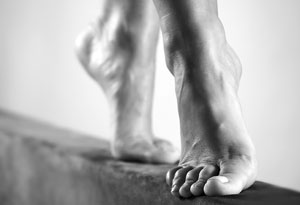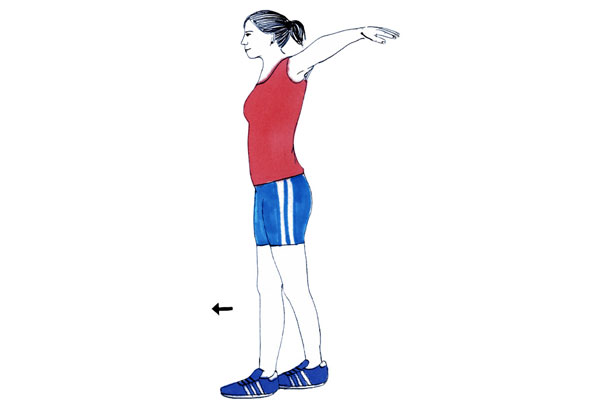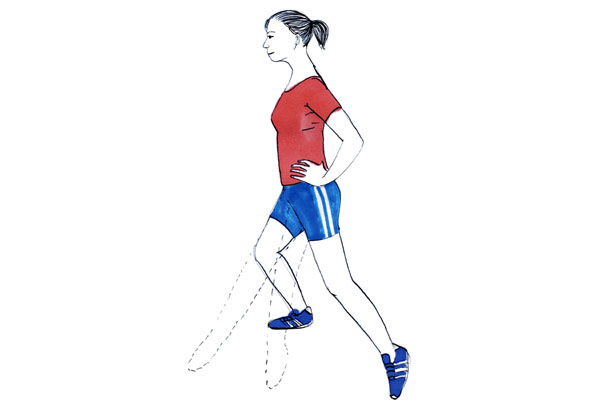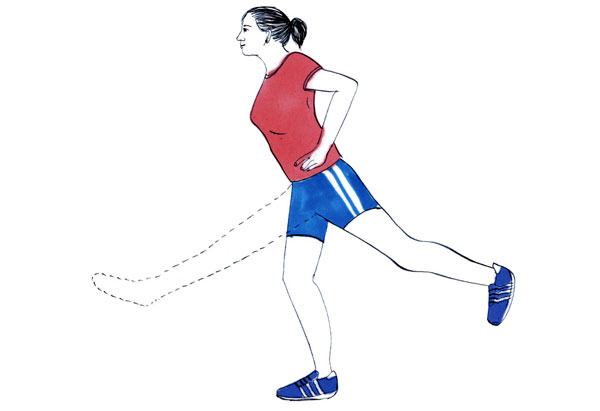
Photo: Thinkstock
How—and why—to take the wobble out of your walk, plus simple moves to help you stay on your feet.
In 1986 Sharon Wood became the first North American woman to reach the summit of Mount Everest. Today, at 53, she continues to scale heights, leading groups of women over 40 on their first-ever hikes. The initial lesson she gives: finding balance."I point out how they can maintain their center of gravity," says Wood. For example, "People tend to lean into the hill to keep closer to terra firma, but you should actually push away so your body is over your feet," she says. Wood knows firsthand that growing older can make it tough to stay poised—even when you're not 29,000 feet above sea level.
"As you age, common disorders such as vision loss, arthritis, and a diminished number of nerve endings in the feet can negatively affect your balance," says Neil Cherian, MD, a neurologist at the Cleveland Clinic. As a result, you're more likely to trip and fall, and that's dangerous, especially as your bones become more brittle after menopause.
Luckily, Cherian notes, nearly everyone can become more agile. "Cardiovascular workouts like hiking and climbing can help maintain and even improve your equilibrium," he says. Activities that challenge your center of gravity (like dancing), that involve balancing on one leg (like tai chi or yoga), or that require bending and straightening (like gardening) can also keep you steady on your feet, says Scott McCredie, author of Balance: In Search of the Lost Sense. McCredie also advises turning everyday activities into mini balance workouts. "It can be as simple as putting your socks on while standing up," he says. "When it comes to balance, I've learned it's either use it or lose it."
3 exercises you can do in under 5 minutes
Though Scott McCredie didn't know much about balance when he started researching the subject, "after two years of talking to personal trainers, physical therapists, circus acrobats, and scientists, I came away with an understanding of how to improve it." These three exercises are designed to help improve balance and stabilize your joints.
1. Heel-to-toe walk
TARGETS: CORE AND LEG MUSCLES
Imagine you're walking on a tightrope. Extend your arms out to the side, and carefully place one foot directly in front of the other. Walk ten to 20 steps, then turn around and walk back to the starting position. Repeat two to three times, twice a week.
2. Around the clock
TARGETS: QUADRICEPS AND CORE
Stand with your hands on your hips. Imagine that you're standing in the center of a clock. Stand on your right leg, knee bent, and extend your left leg out in front of you with your foot lightly touching the ground. One by one, touch your foot to the "numbers" on the left side of the clock, starting at 12 o'clock and working your way back to 6 o'clock. Repeat on the other side, touching the numbers on the right side of the clock with your right leg. Work up to five repetitions on each leg.
3. Standing leg lifts
TARGETS: GLUTES AND THE MUSCLES SURROUNDING THE HIP JOINTS
Stand with your legs shoulder-width apart, hands on your hips. Shift your weight over your right leg, then slowly swing your left leg behind you, lifting it as far off the ground as you can. (Keep your right foot planted firmly on the ground, with the knee slightly bent.) Hold the position for a few seconds, then slowly swing the left leg forward and lift it as far off the ground as you can, holding the highest position for a few moments. Then swing your left leg out to the side as high as you can and hold. Lower, and repeat using the right leg. Work up to ten repetitions on each leg.
Got 10 more minutes? Our plan will get you in shape—inside and out




